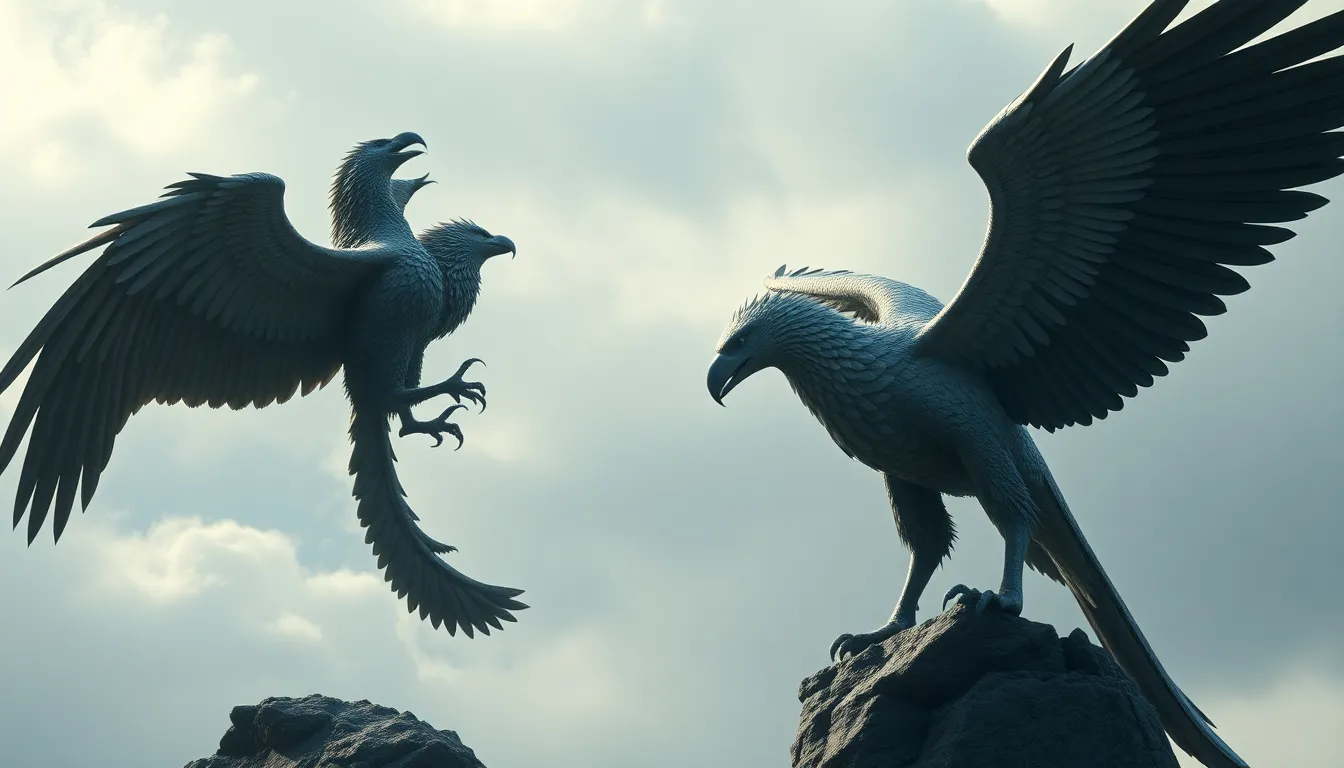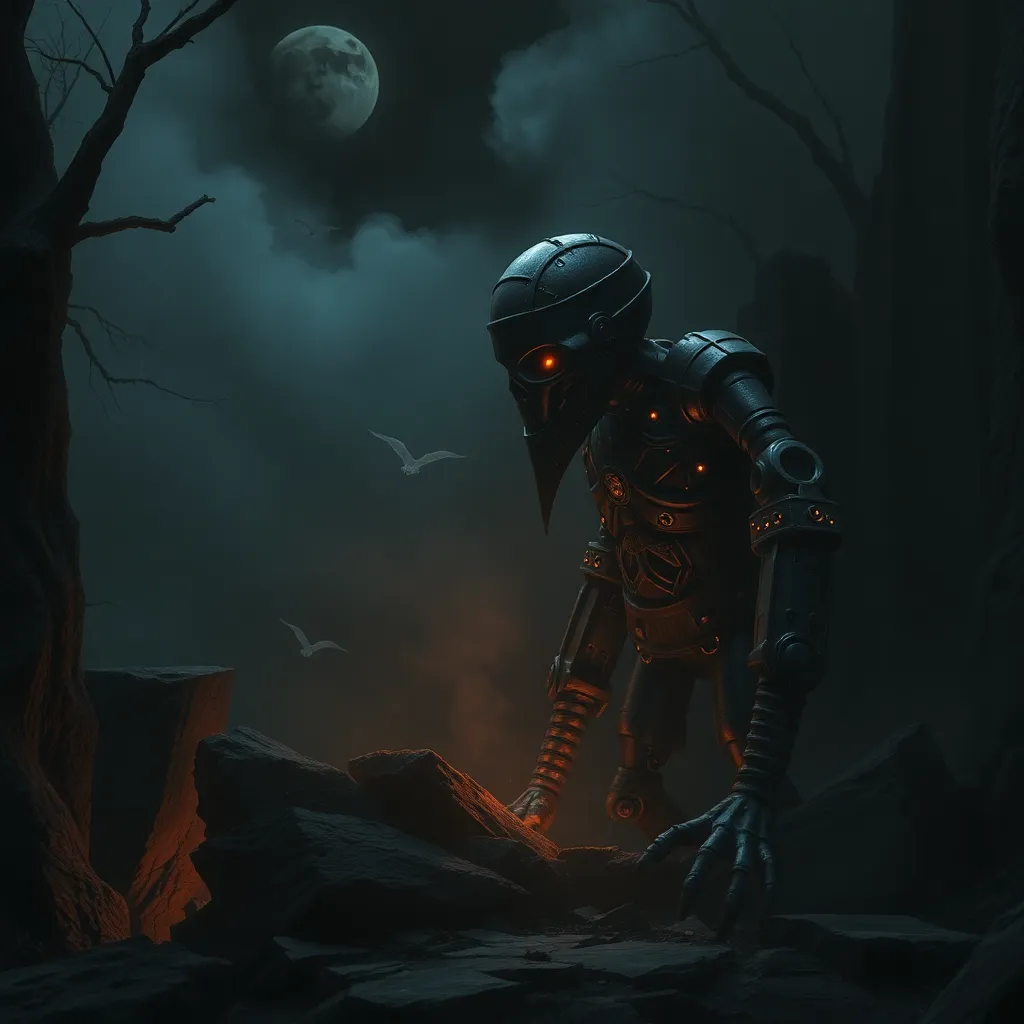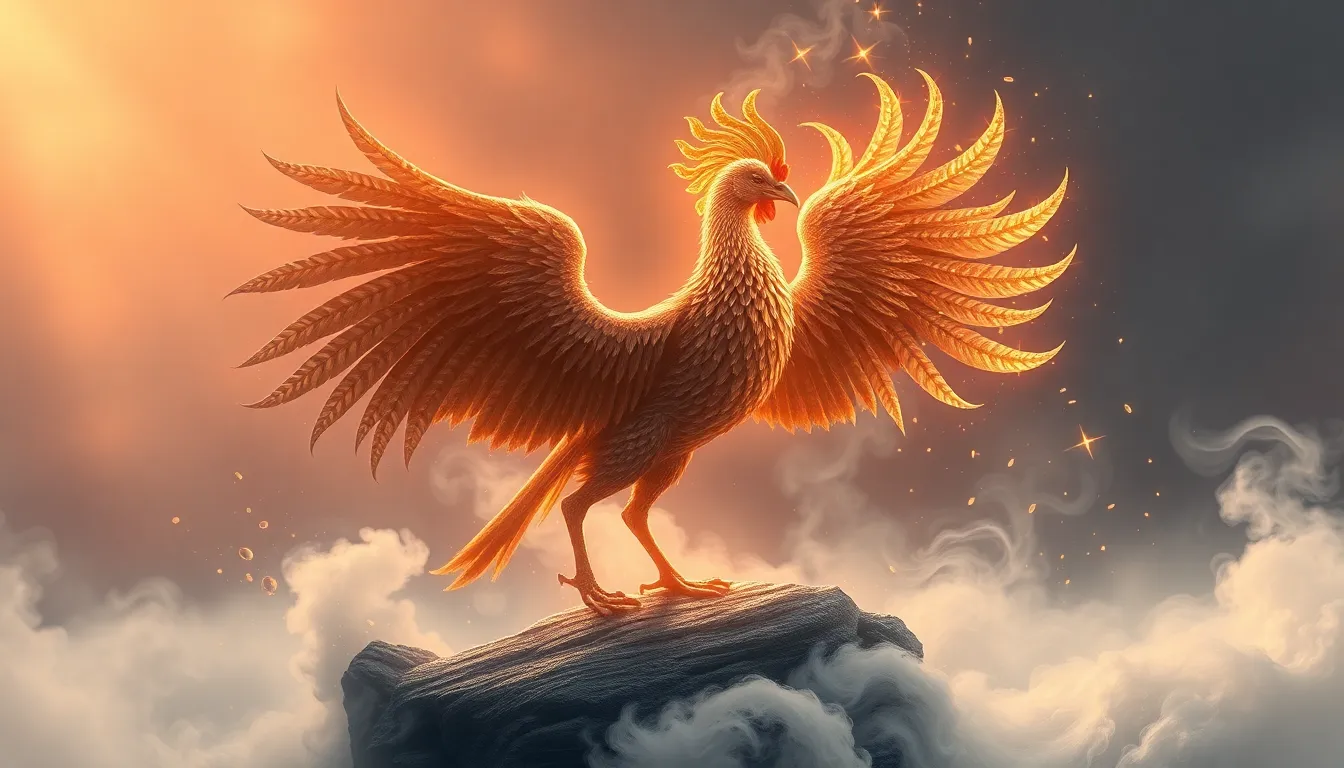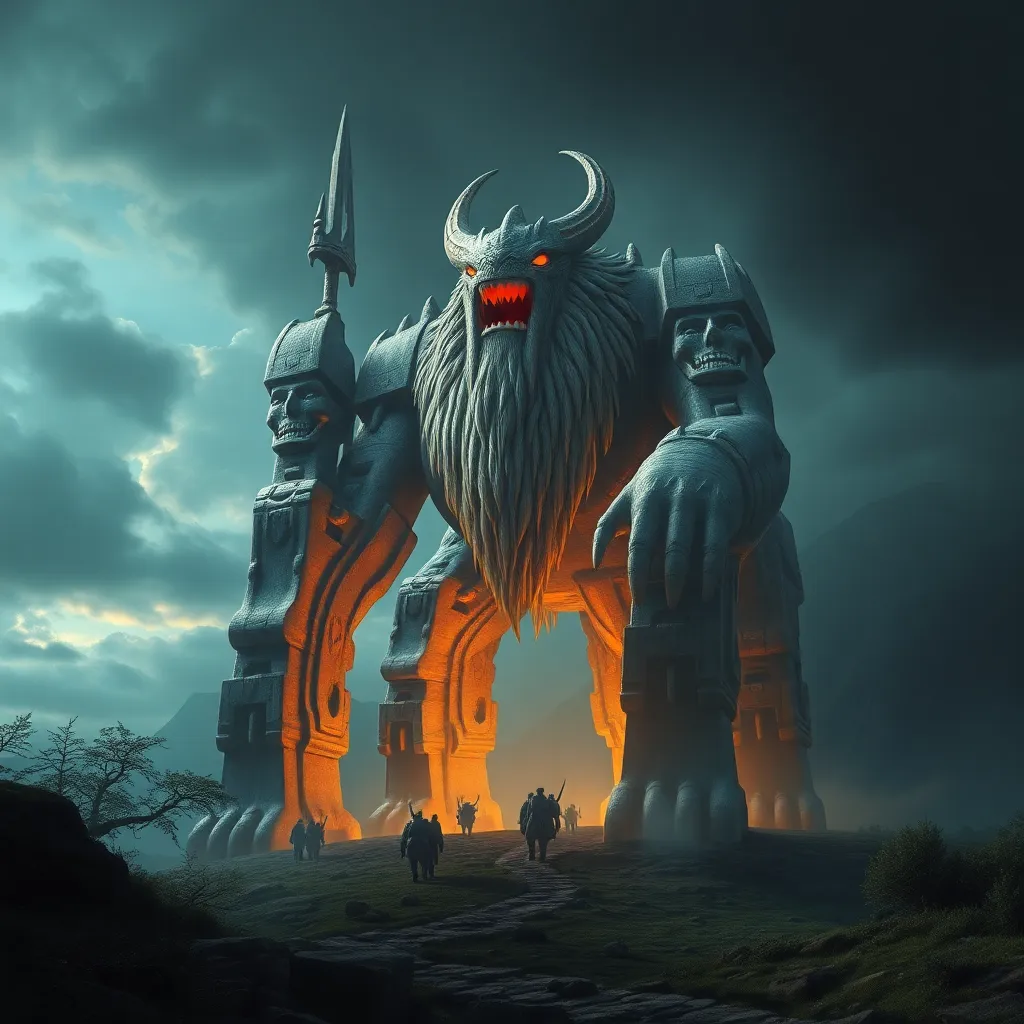The Roc & the Griffin: A Comparative Analysis of Two Legendary Creatures
I. Introduction
Legendary creatures have fascinated humanity for centuries, serving as symbols of power, mystery, and the unknown. Among these mythical beings, the Roc and the Griffin stand out due to their incredible lore and cultural significance. The Roc, a gigantic bird from Middle Eastern mythology, and the Griffin, a majestic hybrid of lion and eagle from ancient civilizations, each embody unique characteristics and stories that have captivated imaginations across the globe. This article aims to provide a comparative analysis of these two legendary creatures, exploring their origins, physical characteristics, roles in mythology, and their modern interpretations.
II. Origins and Cultural Significance
A. Historical roots of the Roc in mythology
The Roc is often associated with tales from the Arabian Nights, where it is depicted as a colossal bird capable of carrying off elephants. Its origins can be traced back to various Middle Eastern and Indian mythologies, where it represents the immense power of nature and the unknown. The Roc symbolizes freedom and the vastness of the skies, often viewed as a creature of both awe and fear.
B. Origins of the Griffin in ancient lore
The Griffin has its roots in ancient mythology, primarily within Greek and Roman cultures. It was believed to guard treasures and sacred sites, symbolizing divine protection. The first known representations date back to around 3000 BC in the region of the Near East, showcasing its long-standing significance in human culture.
C. Cultural impact of both creatures across different civilizations
Both the Roc and the Griffin have made significant impacts on various cultures. While the Roc has influenced literature and folklore in the Middle East and South Asia, the Griffin has been a popular emblem in European heraldry, representing strength and courage. Their stories reflect the values and beliefs of the societies that created them, illustrating humanity’s desire to understand and narrate the mysteries of existence.
III. Physical Descriptions
A. Characteristics of the Roc
1. Size and appearance
The Roc is described as an enormous bird, often likened to an eagle but on a far grander scale. Legends depict it as being capable of carrying off large prey, such as elephants or whales, with its massive wingspan and powerful talons. Its feathers are often described as shimmering with a range of colors, enhancing its mythical allure.
2. Symbolic meanings associated with the Roc
The Roc symbolizes immense power and freedom. Its ability to soar high above the earth signifies transcendence and escape from earthly troubles. In many cultures, the Roc represents the ultimate conqueror of the skies, a testament to the awe-inspiring forces of nature.
B. Characteristics of the Griffin
1. Hybrid features of lion and eagle
The Griffin is a composite creature, possessing the body of a lion and the wings and head of an eagle. This unique combination embodies the strengths of both beasts: the lion representing courage and nobility, while the eagle symbolizes vision and freedom. The Griffin’s majestic appearance makes it a popular subject in art and heraldry.
2. Symbolism and representation in art
In art, the Griffin is often depicted as a guardian creature, representing the protection of the divine. Its presence in sculptures, paintings, and tapestries throughout history indicates its importance in cultural narratives, often serving to signify greatness and protection.
IV. Roles in Mythology and Folklore
A. The Roc in various myths and stories
1. Tales from Arabian Nights and beyond
The Roc features prominently in stories such as those found in “The Arabian Nights,” particularly in the tale of Sinbad the Sailor. In these tales, the Roc is portrayed as a fearsome creature whose size and strength can alter the fate of sailors and adventurers. Its legendary feats have made it a symbol of adventure and exploration.
B. The Griffin’s presence in mythology
1. Greek and Roman narratives
The Griffin appears in various Greek and Roman myths, often as a protector of treasures and sacred places. For instance, in Greek mythology, the Griffin is said to guard the gold of the Scythians. Its role as a guardian emphasizes its importance in mythology, serving as a powerful symbol of divine protection and vigilance.
V. Powers and Abilities
A. Unique abilities of the Roc
1. Flight and strength
The Roc’s most notable ability is its incredible flight, allowing it to traverse vast distances and dominate the skies. Its immense strength enables it to carry heavy loads, making it a formidable creature in the mythological realm.
2. Influence in storytelling
The Roc’s presence in stories often symbolizes the triumph over adversity. Its legendary status has influenced countless tales, inspiring writers and storytellers to explore themes of adventure, heroism, and the battle against nature.
B. Powers attributed to the Griffin
1. Guardianship and wisdom
The Griffin is often attributed with the powers of guardianship and wisdom. It serves as a protector of sacred knowledge and treasures, symbolizing the importance of wisdom in leadership and protection.
2. Role in protection and royalty
In many cultures, the Griffin is depicted on royal crests and emblems, reinforcing its association with nobility and protection. Its hybrid nature embodies the balance of strength and intellect, making it a fitting symbol for leaders and protectors.
VI. Comparisons and Contrasts
A. Similarities between the Roc and the Griffin
1. Mythical status and representation
Both the Roc and the Griffin hold significant mythical statuses within their respective cultures. They are revered as powerful creatures, representing strength, freedom, and protection in the tales and art forms of their times.
B. Differences in attributes and symbolism
1. Cultural interpretations and significance
While both creatures are symbols of power, they differ in their cultural interpretations. The Roc is often seen as an uncontrollable natural force, whereas the Griffin represents a balance of strength and wisdom, often serving as a guardian figure.
VII. Modern Interpretations and Representations
A. The Roc in contemporary media
1. Literature, films, and games
In modern media, the Roc has been featured in various forms, from fantasy literature to video games. It serves as a symbol of adventure and the unknown, often appearing as a formidable opponent or a majestic ally in epic tales.
B. The Griffin in modern culture
1. Usage in branding, art, and popular references
The Griffin continues to be a popular symbol in branding and art, representing strength and protection. Its image can be found in logos, coats of arms, and various forms of contemporary art, showing its enduring legacy in modern culture.
VIII. Conclusion
A. Summary of key findings
This comparative analysis highlights the rich histories and cultural significances of the Roc and the Griffin. Both creatures serve as powerful symbols that reflect the values and beliefs of the societies that birthed them.
B. Reflection on the enduring legacy of the Roc and the Griffin
The Roc and the Griffin remain relevant today, inspiring stories, art, and cultural symbols. Their legendary statuses allow them to transcend time, continuing to evoke wonder and admiration.
C. Implications for understanding cultural mythology and symbolism
Studying these legendary creatures provides insight into human creativity and the ways in which cultures interpret and represent the unknown. The Roc and the Griffin serve as reminders of the shared human experience of storytelling and the quest for meaning in a complex world.



